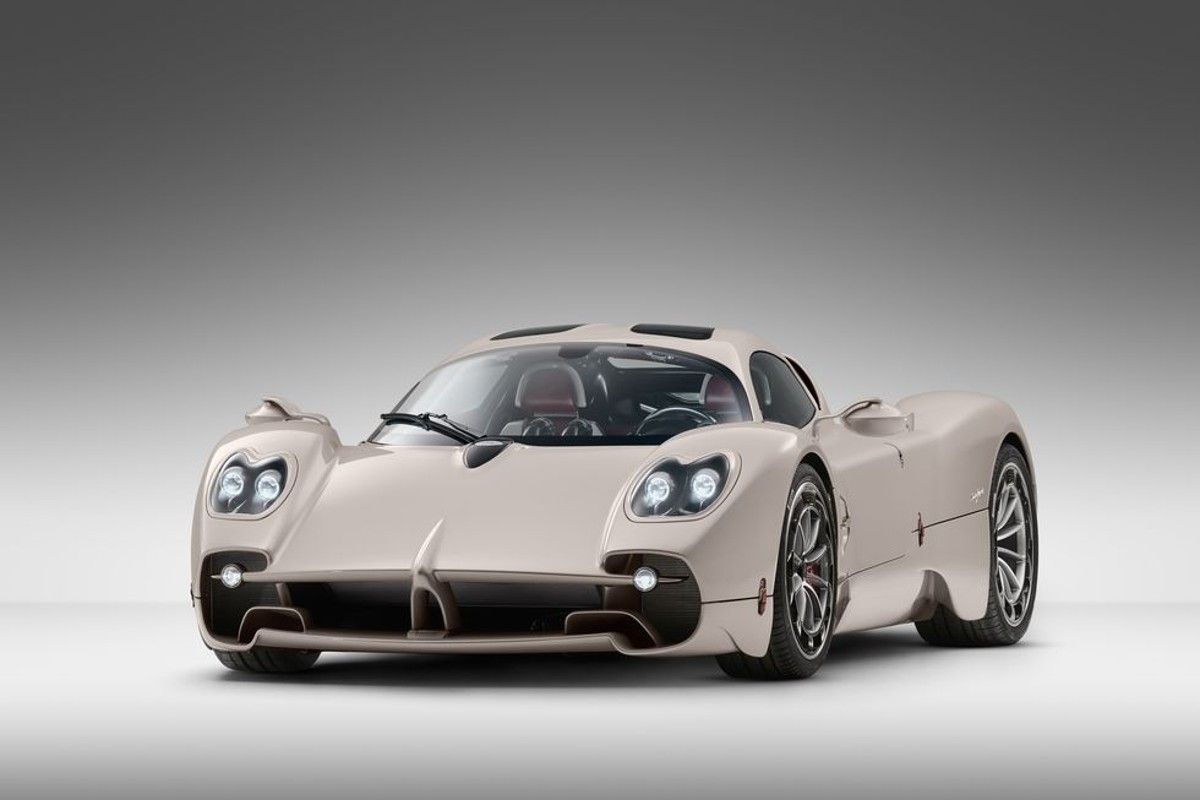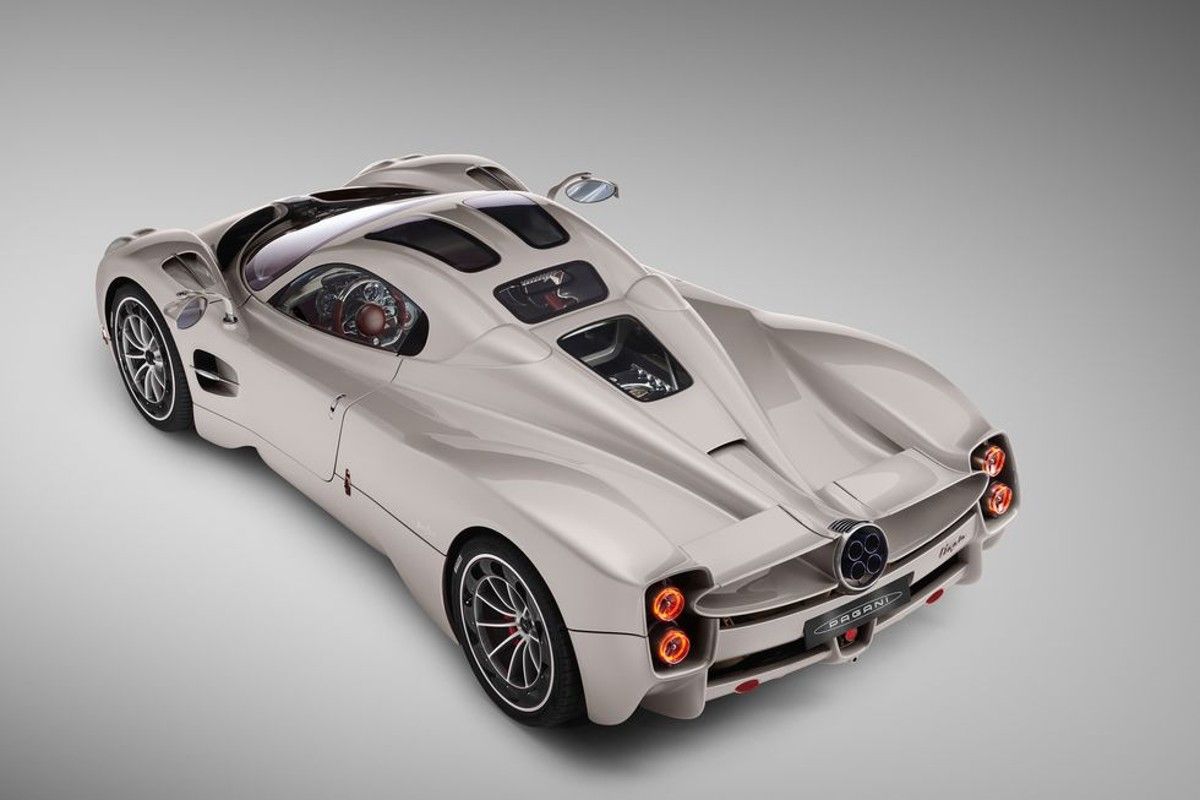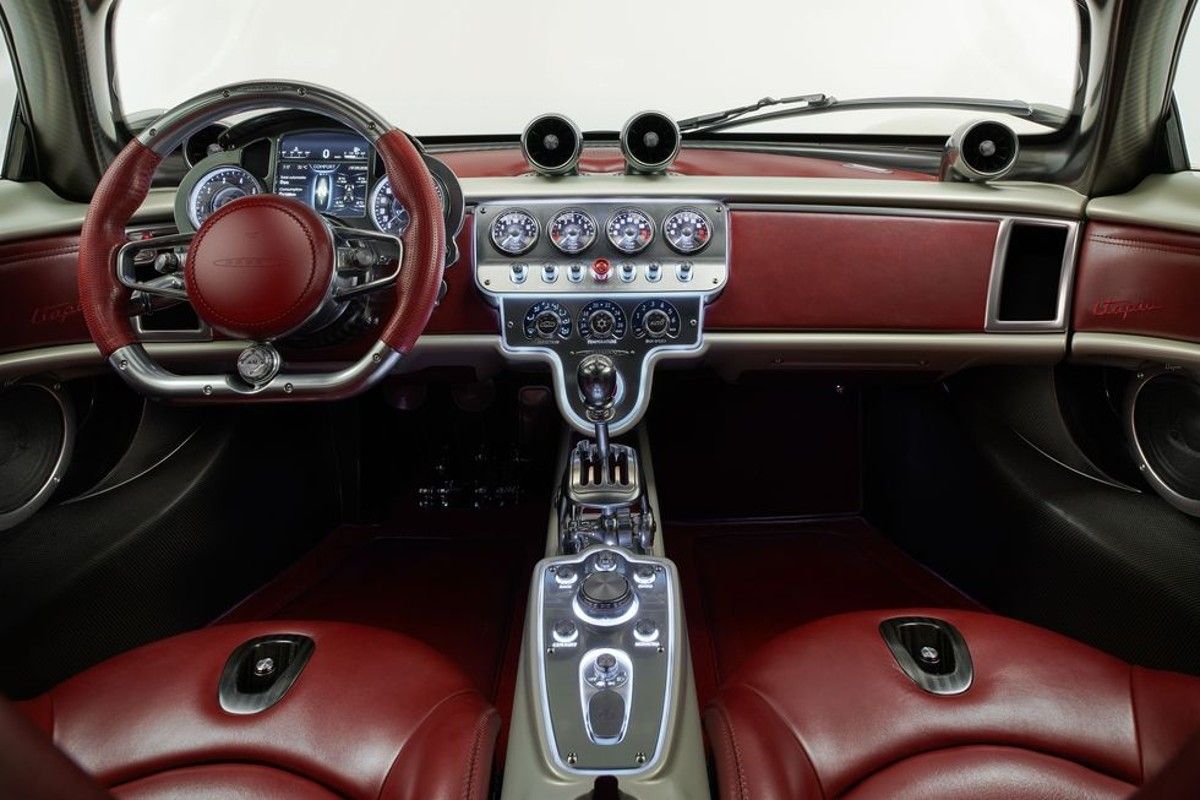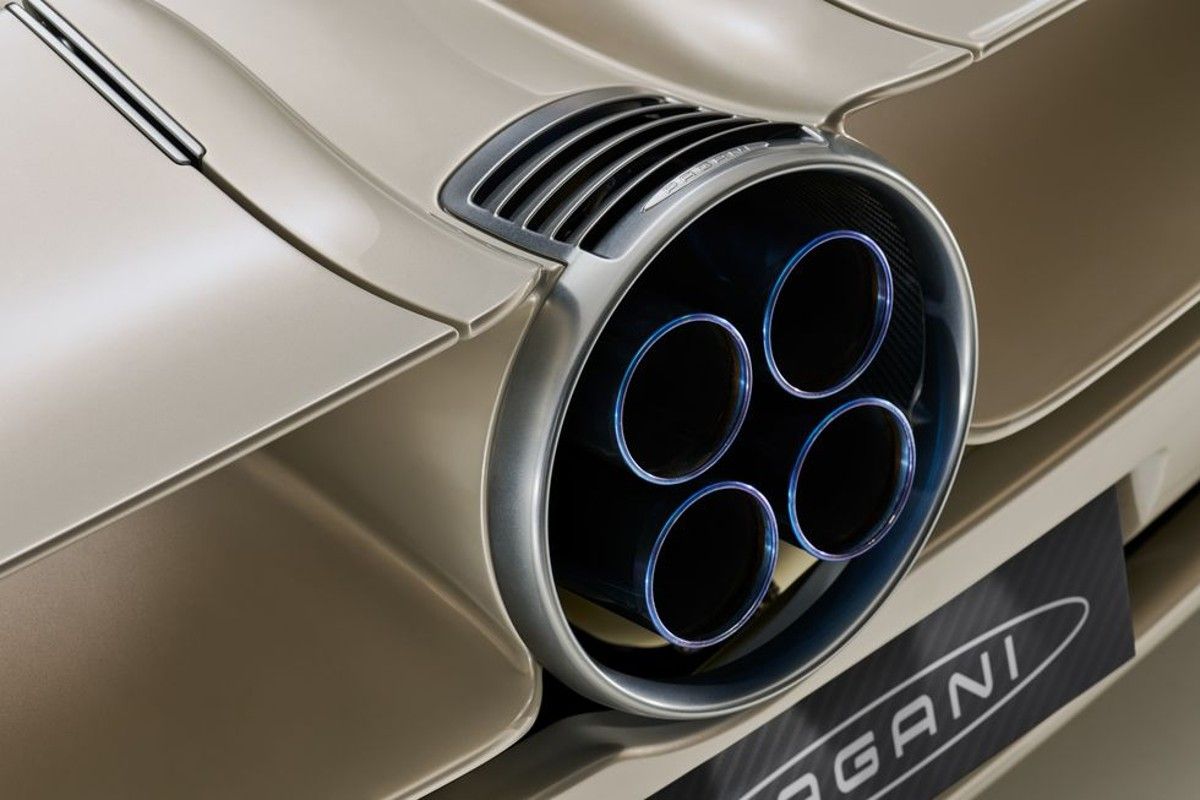As the world pushes towards electric vehicles, some companies are keeping with their tradition with large naturally aspirated engines. The world knows how quick electric cars can be in both a straight line and on the track in some cases, as well as how easy it is to create incredible styling for them and their lower-positioned motors. Even with these possibilities, people keep coming back to gasoline vehicles for their sound, feeling, and overall personality. As enthusiast or performance models become rarer, it is nice to see some are still fully dedicated to making the gas engine beautiful. And this is where the Pagani Utopia comes in.
Pagani's Utopia is an Improvement Over The Huayra In Every Way
There are a few models that have continued to push their gasoline engines above all else in the performance car world. With the Ford Mustang keeping its gasoline engine in the EcoBoost and GT models as the last muscle car, Dodge pushing its last high-powered V-8 cars with special editions, and on the other end of the spectrum Koenigsegg even reviving its classic design language with the CC850, there is still obviously a market for them. Gas-powered sports cars, muscle cars, and supercars still tug at the heartstrings of most enthusiasts. As design pushes forward, classical art makes a return, and none know that better than Pagani with its newest masterpiece - the Utopia.
The Utopia Looks Like Fine Italian Art Inside And Out
Pagani knows how to make beautiful cars throughout - the interior must be immaculate, the exterior needs to look sculpted like artists designed it, and it needs to sound unlike anything else. The Utopia is exactly that. With this replacement for the Huayra, Pagani combined classic elements from the Zonda and the Huayra, making it look like it was molded from the earth itself. The exterior features smooth lines with creased edges along the rear arches into flying buttress spoilers similar to the Ford GT, with the trademark quad-exit exhaust in the center. With sculpted front lips and mirrors, an aggressive rear, and some of the best-looking factory wheels, the outside of this car is truly beautiful.
Pagani knows beauty is on the inside, too. The Utopia has two levels of this inner beauty. With a dashboard that would make a watchmaker stare in awe, the interior of the car is more refined than the Huayra’s, with an art-deco inspired display. The lack of chrome is a welcome change, too, as is the lack of touchscreen. The car looks like a fine piece of jewelry - mature, sophisticated, and refined to the highest caliber. Filled with oxblood red leather, the cashmere-colored paint gives the Utopia an almost ghostly elegance.
The AMG-Sourced V-12 Lives On In The Utopia
Outside of just the interior, the most beautiful aspect is the engine and transmission. After seeing the success of the Koenigsegg CC850’s “manual”, the Utopia now offers a fully manual transmission. The deal gets sweeter, though, with an AMG-sourced twin-turbocharged 6.0-liter V-12 engine. With a lightweight “Carbo-Titanium” shell as opposed to carbon fiber, the Utopia will stay agile as well. Pushing 852 horsepower to the rear wheels, the Utopia keeps its namesake, just as prior Pagani models have. Utopia means “a place that did not exist” and translated quickly into a place of dreams. However, like how Utopia was impossible for most people to reach, so will the car - at $2.5 million dollars, all 99 being built have already been spoken for.
FAQ
Q: How much is a Honda CBX worth?
It depends very much on condition, of course, but a fully restored CBX can fetch in excess of $20,000.
Q: How fast was a Honda CBX1000?
Cycle World magazine achieved a quarter mile time of 11.64 seconds at 117.95mph. The CBX was also the first motorcycle they had tested that achieved 130mph top speed.
Q: Where was the Honda CBX1000 made?
CBX1000s were built in both Japan and America
Q: Who made the first six-cylinder motorcycle?
Honda built a 250cc six-cylinder racing bike in 1966 but it was Benelli who launched the first production six-cylinder motorcycle in 1972.




